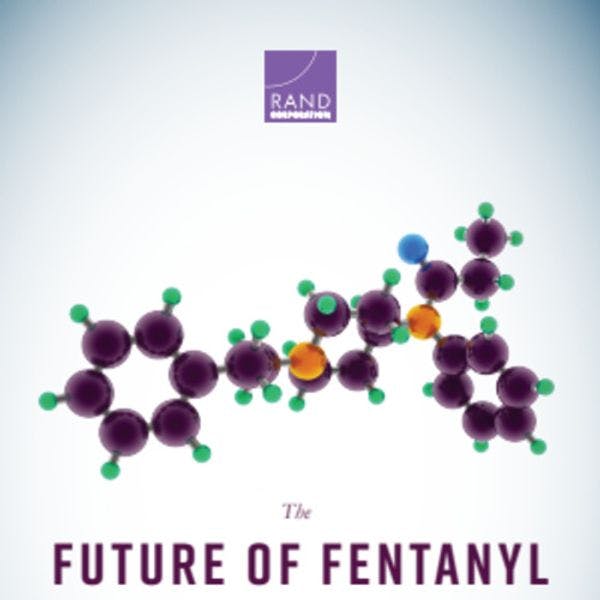El futuro del fentanilo y otros opioides sintéticos
RAND ofrece una evaluación sistemática del pasado, presente y posibles futuros para los opioides sintéticos en EEUU. Más información, en inglés, está disponible abajo.
By Bryce Pardo, Jirka Taylor, Jonathan P. Caulkins, Beau Kilmer, Peter Reuter, Bradley D. Stein
Deaths involving synthetic opioids in the United States increased from roughly 3,000 in 2013 to more than 30,000 in 2018. In fact, synthetic opioids like fentanyl are now involved in twice as many deaths as heroin. This book offers a systematic assessment of the past, present, and possible futures of synthetic opioids in the United States. It is rooted in secondary data analysis, literature reviews, international case studies, and key informant interviews. The goal is to provide decisionmakers, researchers, media outlets, and the public with insights intended to improve their understanding of the synthetic opioid problem and how to respond to it.
The authors conclude that (1) fentanyl and other synthetic opioids are becoming dominant in some parts of the United States and Canada, but remain less common in other parts of these countries; (2) a confluence of factors, including the dissemination of simplified and novel synthesis methods and increasing e-commerce, helps explain the surge in synthetic opioids; (3) much can be learned from other countries' experiences with synthetic opioids; (4) supplier decisions, not user demand, drive the transition to fentanyl; (5) fentanyl's spread is episodically fast and has ratchet-like persistence; (6) synthetic opioids drive up deaths rather than the number of users; (7) problems with synthetic opioids are likely to worsen before they improve, and states west of the Mississippi River must remain vigilant; (8) improving surveillance and monitoring is crucial; and (9) limiting policy responses to existing approaches seems unlikely to reverse this tide.
Descargas
Temas
Regiones
Perfiles relacionados
- RAND Corporation
